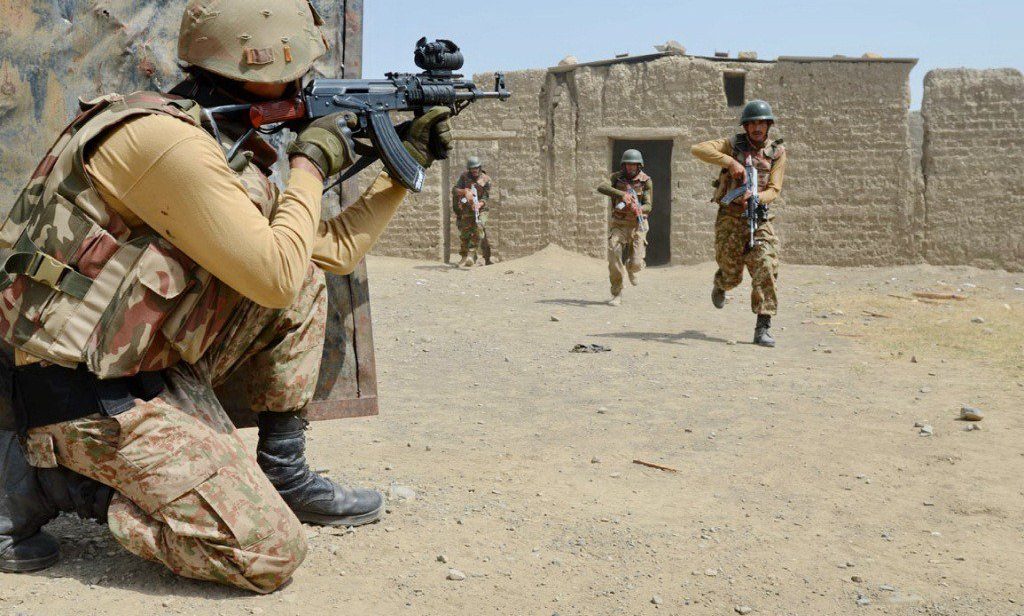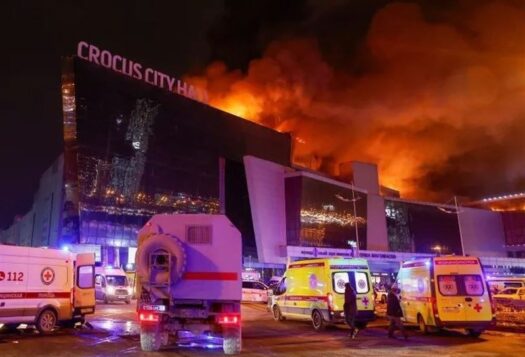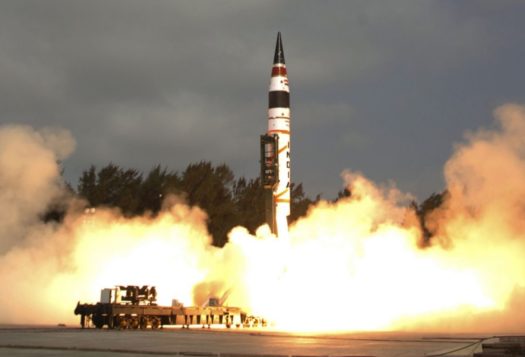
The province of Punjab is the heart of political and economic activity in Pakistan. Over 53 percent of the active members of the National Assembly of Pakistan are from Punjab, occupying 183 seats. The Punjab region houses the military headquarters, contains five of the ten most populous cities in Pakistan, and contributes 54 percent to Pakistan’s national GDP. In addition, since the ruling Pakistan Muslim League-Nawaz (PML-N)’s stronghold is in Punjab, the political spectrum is at present dominated by Punjabi officials. Furthermore, compared to the tribal areas of Pakistan bordering Afghanistan, viewed as affected by militancy, Punjab is typically portrayed as a stable economic, cultural, and political hub.
Thus, Pakistan’s Punjab represents the best-case security scenario in Pakistan. However, counterterrorism efforts even in this province contradict the state’s oft-repeated assertions that the country has defeated militancy. Rather, Tehreek-e-Taliban Pakistan (TTP) and other militant groups continue to maintain a presence in Punjab, and Pakistan’s reluctance to reign in the far-right elements that condone extremism is likely responsible for this presence. These circumstances foretell a challenging security situation for the rest of Pakistan.
Militant Presence in Punjab
Major General Asif Ghafoor of the Inter Services Public Relations (ISPR) claimed this past March that all terror sanctuaries inside Pakistan had been eliminated along with the organized presence of all terrorist outfits. In the case of Punjab, statistics on the number of terrorism-related victims published by the South Asia Terrorism Portal may lead one to think that the General’s claim holds weight. The overall number of casualties in Punjab has dropped from 244 in 2016 to 159 in 2017. In terms of civilian casualties, 84 were killed in 2016 but this number fell to 32 in 2017. At the same time, security force casualties increased from 21 to 27, while militant casualties dropped from 139 to 99.
However, contrary to Ghafoor’s claim, data indicates that groups such as Tehreek-e-Taliban Pakistan (TTP) may have an organized presence in Punjab. In fact, on March 14, 2018, nine people were killed and 35 others injured when a suicide attack took place near a check post outside the Tablighi Jamaat Markaz in Lahore, Punjab. The attack was claimed by the TTP in a statement that threatened more such attacks on police officers in retaliation for killing their “associates” in Punjab. Evidence suggests that the suicide bomber had targeted policemen during a “change in guard personnel,” exhibiting a sophisticated level of coordination and execution on the part of the TTP.
The Lahore attack suggests that any Pakistani claims of TTP’s defeat within Pakistan are premature: TTP continues to maintain a presence capable of threatening and carrying out complex attacks in Punjab’s heartland. Evidence compiled by SATP supports this claim: in 2017, attacks claimed by TTP in Punjab increased to three compared to just one in 2016. There were a total of 18 militancy-related incidents, including arrests, attacks, and encounters involving the TTP in Punjab in 2017, compared to just eight such incidents in 2016. As of May 26, of this year, there have been two militancy-related incidents involving the TTP in Punjab, including the major suicide attack in Lahore on March 14, 2018.
Attacks attributed solely to the TTP may not present the full picture of the group’s actual strength in Punjab, as the TTP works alongside many other extremist groups in Punjab and across Pakistan. Analysts have noted the close ties between al-Qaeda and the TTP, as the TTP acts as the al-Qaeda’s “key facilitator” in Pakistan’s tribal areas. In March 2017, five militants affiliated with TTP and al-Qaeda were killed in an encounter by security forces while allegedly planning to target “secret installations,” a fact that demonstrates that the TTP and al-Qaeda may collaborate even outside of Pakistan’s tribal areas. Lashkar-e-Jhangvi (LeJ) continues to be embedded with the TTP as well, and to carry out attacks: in 2017, three militancy-related incidents in Punjab were linked to Lashkar-e-Jhangvi (LeJ). In 2016, 10 incidents of militancy were linked to LeJ, of which five incidents involved the TTP as well. Some have articulated that the cooperation exhibited by the TTP and these groups is rooted in sectarianism, with many of their joint attacks directed at the minority Shia Ahmadi community.
Reluctance to Upset Far Right-Wing Groups
In December 2017, Major General Ghafoor briefed the Senate on Operation Radd-ul-Fassad, launched in February 2017 as part of the continuation of the National Action Plan to counter terrorism in Pakistan. He stated that 13,011 military operations had been carried out in the Punjab province. The total number of operations conducted in Punjab was almost three times the number of operations carried out in all other provinces combined (4,674). But only seven of these were “major operations,” as opposed to 31 in Khyber Pakhtunkhwa (KP) and the Federally Administered Tribal Areas (FATA) region, and 29 in Balochistan. A question then arises on what is driving the severe mismatch between the extremely high number of small scale operations compared to the low number of major operations in Punjab. Why were so few major operations needed, when there was apparently a need for a disproportionately high number of small scale operations?
The answer may come down to Pakistan’s reluctance to upset the conservative population of Punjab, which often support right-wing and sectarian religious political groups. Much has been written about the so-called “mainstreaming” of such extremist groups, such as the Milli Muslim League, in Pakistan’s politics, and much of this occurs within Punjab. Indeed, the ruling Pakistan Muslim League-Nawaz (PML-N) has been previously accused of having an “unholy alliance” with LeJ and other aligned anti-Shia extremist groups. In a recent move ahead of the July 25 elections, Pakistan removed Mohammad Ahmed Ludhianvi, leader of Ahl-e-Sunnat Wal Jamaat (ASWJ), a proscribed Sunni political group with close links to LeJ, from its terror watchlist. At the moment, dozens of ASWJ candidates – though banned from contesting elections under the ASWJ party name – will be contesting the polls under the name of other political parties.
Pakistan’s willingness to grant electoral heft to Ludhianvi and the ASWJ just ahead of the 2018 general elections is troubling, particularly in the aftermath of the Army’s reluctance to crack down on Tehreek-e-Labbaik Ya Rasul Allah (TLYRA) during the Faizabad protests. The Barelvi Sunni Muslim hardliner group – which has long defended the country’s controversial blasphemy laws – shut down the Faizabad Interchange during November 2017 for amending amend the Khatam-e-Nabuwat (Finality of the Prophethood) clause in the Election Bill. In response to the sit-in, Punjab Rangers Major General Azhar Naveed was seen handing out envelopes with $8.65 inside as bus fare to TLYRA members. When told by a TLYRA member that his party was with the Army, Naveed responded by saying, “Aren’t we also with you?” But even more damning evidence lies in Pakistan’s acceptance of most of the demands of the TLYRA-led protestors under an army-brokered agreement to end the sit-in – a deal that many within and outside of Pakistan have decried. Given this background, it is probable that Pakistan’s reluctance to reign in elements that condone extremism is responsible for the presence of active militant outfits in the Punjab province.
Conclusion
Until the Pakistani political and security establishment address the presence of non-state actors in the Punjab region, claims that Pakistan has defeated terrorism in Punjab stand on shaky ground. The reluctance to counter the right-wing groups juxtaposed with the potential threat of collaboration within the entire spectrum anti-Shia and anti-Ahmadi militant outfits in Punjab does not infuse confidence in Pakistan’s counterterrorism efforts. Perhaps, the same sentiment was reflected in Financial Action Task Force’s (FATF) downgrading of Pakistan to the “gray list” at the time of this article.
Views expressed in this article are the author’s own and do not necessarily reflect those of the organizations with which he is affiliated.
***


